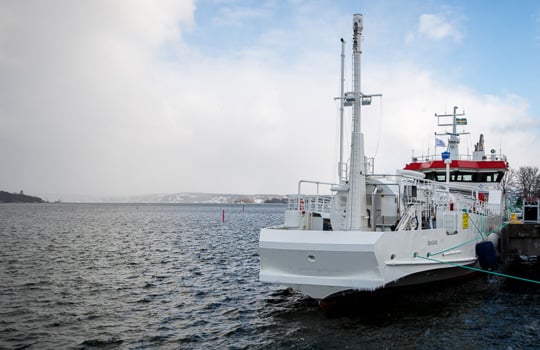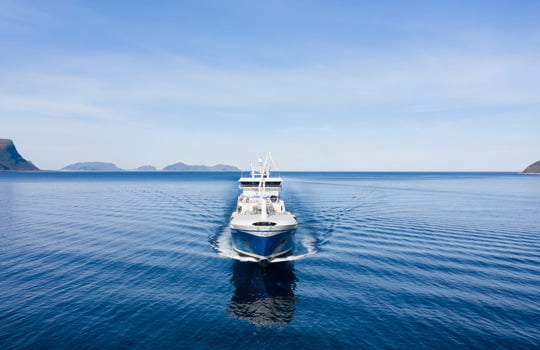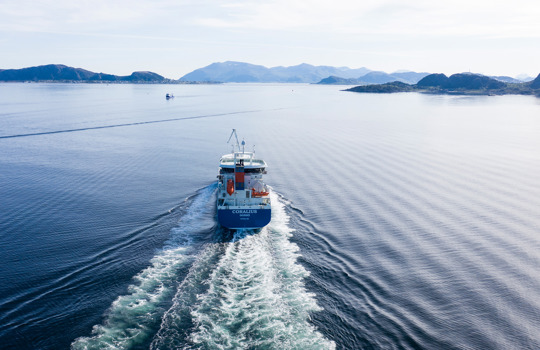Why LNG and winter navigation are a perfect match?
When you need a reliable fuel for your vessels sailing in cold or even polar conditions, LNG is your solution. It’s a cost-effective and clean fuel that demands less maintenance, and above all, it doesn’t solidify. And it has enough heating value to serve even the largest icebreakers.
Liquefied natural gas (LNG) is one of the cleanest maritime fuels available. It removes almost all the fuel’s particle emissions and at least 20 percent of the CO2 emissions. However, its advantages don’t end there. LNG is a perfect match for winter navigation and maritime in cold and polar conditions as it is reliable, clean to handle and able to generate enough power to keep even an icebreaker going.
“It also allows shipping companies direct cost benefits, for example in terms of port taxes and harbor fees, as it supports decarbonizing the shipping industry and transitioning to even more climate friendly alternatives in the future,” says Martin Pettersen, Maritime Technical Sales Manager from Gasum.
LNG is interchangeable with liquefied biogas (LBG), which enables even bigger emission reductions. In the future, the LNG infrastructure can be utilized also for hydrogen-based fuels, such as renewable synthetic LNG and ammonia. This makes investing in vessels with LNG propulsion a wise choice.
LNG doesn’t freeze or stain
When the conditions get cold, traditional vessels that use oil-based fuels have to use time and energy to ensure that their fuel doesn’t solidify. This means that the fuel needs to be heated before it can be used.
This doesn’t happen with LNG.
LNG is cryogenic, which means that it is stored and transported in a form that requires extremely low temperatures. This is a huge advantage, especially in wintry conditions, as it saves power.
“LNG is also literally clean to operate. Oil-based fuels are sticky. The main engines and other machinery using oil-based fuels have to be cleaned regularly and their maintenance takes more time and manpower on board than LNG engines,” Pettersen explains.
LNG suits luxury cruisers as well as icebreakers
Perfect examples of LNG’s opportunities in the Arctic and Antarctic regions are the Finnish icebreaker Polaris and the French luxury cruiser Le Commandant Charcot.
Polaris, owned by Arctia, is the most powerful icebreaker in Finland, and the world’s first icebreaker to run on LNG. It was also the first vessel to bunker LNG from Gasum’s terminal in Tornio in 2019. Built in 2016 Polaris has a dual fuel engine that uses LNG and marine gas oil. In addition to breaking ice, it serves as an oil spill response vessel.
Le Commandant Charcot on the other hand is a luxury polar explorer owned by a French cruise ship operator Ponant. Before its maiden voyage in fall 2021, Gasum bunkered the polar explorer with LNG in Le Havre, France. Le Commandant Charcot runs mainly on LNG. Low emissions are especially important as it travels both the Arctic and Antarctic regions with delicate polar environment.
“LNG is an existing step towards decarbonization that shipping companies can take. The infrastructure is already there, and with our bunkering vessels we can deliver LNG basically anywhere in northern Europe,” Pettersen says.



